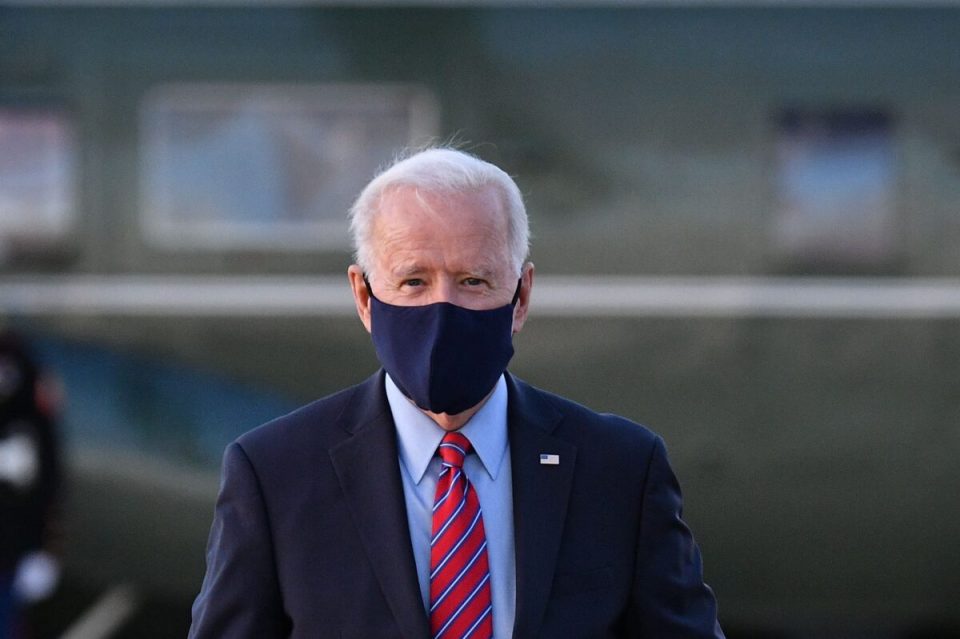When President Joe Biden convenes a virtual climate summit on Thursday, he faces a vexing task: how to put forward a nonbinding but symbolic goal to reduce greenhouse gas emissions that will have a tangible impact not only on climate change efforts in the US but throughout the world.
The emissions target, eagerly awaited by all sides of the climate debate, will signal how aggressively Biden wants to move on climate change, a divisive and expensive issue that has riled Republicans to complain about job-killing government overreach even as some on the left worry Biden has not gone far enough to address a profound threat to the planet.
The climate crisis poses a complex political challenge for Biden since the problem is harder to see and far more difficult to produce measurable results on than either the pandemic relief package or the infrastructure bill. The target Biden chooses “is setting the tone for the level of ambition and the pace of emission reductions over the next decade,″ said Kate Larsen, a former White House adviser who helped develop President Barack Obama’s climate action plan.
The number has to be achievable by 2030 but aggressive enough to satisfy scientists and advocates who call the coming decade a crucial, make-or-break moment for slowing climate change, Larsen and other experts said.
Scientists, environmental groups and even business leaders are calling on Biden to set a target that would cut US greenhouse gas emissions by at least 50 per cent below 2005 levels by 2030.
The 50 per cent target, which most experts consider a likely outcome of intense deliberations underway at the White House, would nearly double the nation’s previous commitment and require dramatic changes in the power and transportation sectors, including significant increases in renewable energy such as wind and solar power and steep cuts in emissions from fossil fuels such as coal and oil.
 Live
Live

